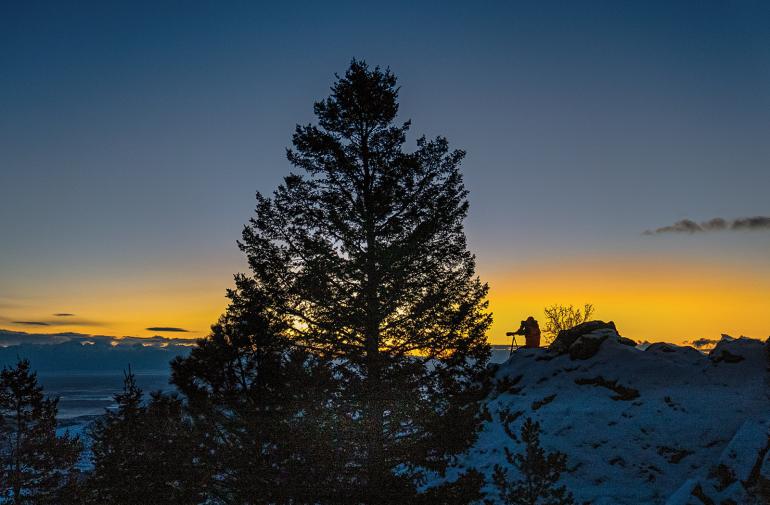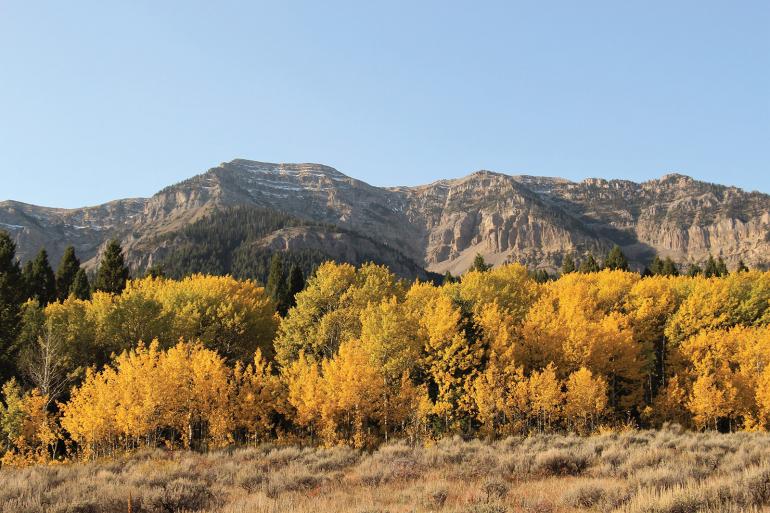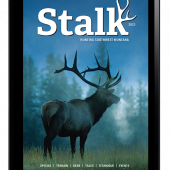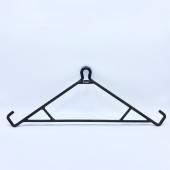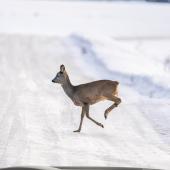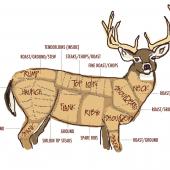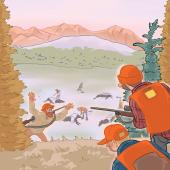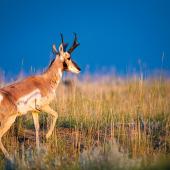Listen to the Mountains
Finding solace in the elk hills.
Exhausted, but on a temporary wave of sugar-induced energy, I stumble from a wall of snowy timber onto the edge of an open mountain slope. In the distant valley below, cars turn on their headlights, and above them the fading red of a late-November sunset rips across the eastern slopes, riding the front of a looming darkness. It’s one of those crisp fall evenings I live for. It’s cold, but it feels good to be in a t-shirt because my blood is moving, and I’m in the woods, where I feel alive.
I select a mountain conifer to sit against because I want to catch the last of the evening before life catches up. The spot is one I remember from a family backpacking trip years ago, before I even knew what hunting was. A spot ripe with memory and potential, with little dipped sagebrush hideouts tucked away among small depressions, and aspen groves subtly placed in all the right spots. The tree is nothing special, but it lies just beyond the timber stand on the edge of the slope, and it feels right—there are elk tracks, melted and refrozen in patches of snow. Maybe from last night, or possibly the night before, but fresh.
Every hunt has a defining moment, where the mountain whispers: This is the spot to be. Now.
Elk and deer are drawn to areas like this—the mosaic patchwork of aspen, shrubs, meadows, and surrounding mountain pines serve as daytime hideouts, affording them ample cover and easy-access to forage when hunger strikes, typically in the mornings and evenings.
The magic of the spot lies not just in the vegetation, but in the topography, too. Retreating glaciers left small moraines cutting across the slopes, creating benches perfectly suited for ambush. These are easily identifiable areas on my topographic map, a tool that every mountain hunter should have and know how to use, standing out as gaping blank holes in an otherwise tight and regimented formation of squiggling lines. The best hunting spots, no matter the quarry, have some form of similarly heterogeneous features—transition zones tucked among hillsides, scoured avalanche chutes, or alpine bowls.
My map has locations like this one strategically marked across the mountain, ones I’ve identified long before the hunt. Some are meandering creek bottoms weaving through meadows and thick willow stands, others are small ponds tucked into patches of pine, and others still are cirques nestled below high peaks. The common denominator being that all contain good forage, nearby hiding spots, and good vantages to shoot from. These are constants.
I didn’t record legal shooting light this morning as I normally do, but it’s getting there. It has to be.
Maps are critical to getting boots on the ground, but not an end-all strategy. On the mountain, terrain speaks straight to the body. It puts lactic acid in legs and points the day towards specific spots capable of being handled and hunted effectively. Every hunt has a defining moment, where the mountain whispers: This is the spot to be. Now. When listened to and obeyed, such voices often result in the opportunity to harvest an animal and are the culmination of planning, mapping, catching a breath at an unplanned saddle, or stopping to watch a sunset because one is tired and needs a moment to revel in the primal adrenaline of the mountains.
For me, now, sitting against my tree, I’m feeling that this is the moment. I didn’t record legal shooting light this morning as I normally do, but it’s getting there. It has to be. The sky is reduced to a flushed and pale sliver sitting just above the eastern peaks, cooperating with the mountain to fend off darkness for a few fleeting moments. It’s feeling elky, though, and I shiver and breathe like the mountain is talking through me, saying that an elk will be here. And in a minute the faded brown body of one sneaks out of the timber above me. Followed by another, and another, and soon a small herd is digging into the hardening snow. The herd is only 50 yards away, but fading fast, and I pull the trigger on a calf, fat with fall forage and growing into a thick winter coat.


